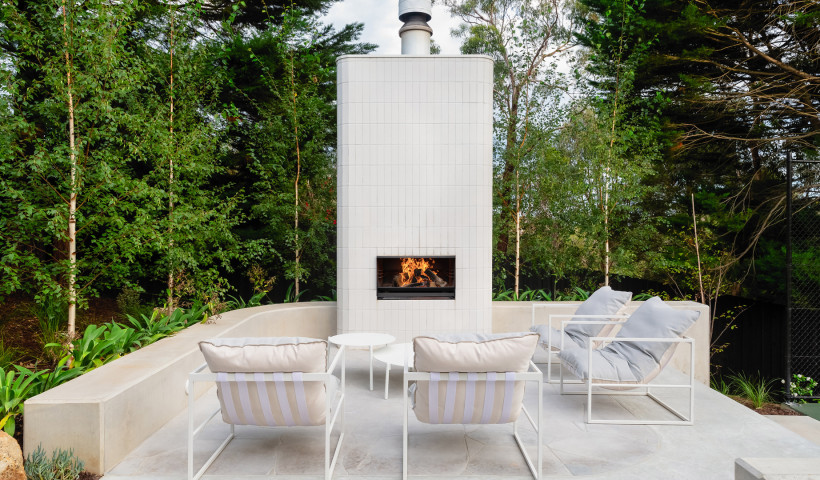
What’s the difference between open fronted and glass fronted?
Efficiency
Open gas fires work in much the same way as a traditional solid fuel open fire using a cleaner fuel source. This means the fire will use air from the room as an ignition source, and while a certain amount will be drawn under the fire and re circulated into the room whether fan assisted or through natural convection, a proportion of the rooms warm air will be drawn into the fire box and travel out through the flue.
An open gas fire also provides a vent for warm air to be drawn out of the house when it is not in use much as a traditional open fire does. Both of the above will require replacement air from outside to be introduced to maintain airflow. Therefore as the fire attempts to increase a room’s temperature it requires more air. This in turn means that energy input (gas) to heat output (Kw) becomes disproportionate thus reducing efficiency.
Glass fronted gas fireplaces such as the Escea DX-Series and DL-Series ranges are sealed units. This allows the above issues to be overcome by introducing air directly into the chamber from outside.
As the fire is sealed from the room there is no requirement for replacement air, or loss of heat through the fire. Air from within the room is pulled in through the front of the fire surround and over a heat exchanger then circulated back via either a fan or duct system.
This reduces the temperature difference between the rooms incoming and outgoing air to be minimum, thus achieving a more constant temperature. This type of system allows both the above Escea ranges to run at between 85-90% efficiency.
Heat Output
While efficiency is sometimes confused with output, they are totally different scenarios. Efficiency as described above is the amount of input (gas) used to produce an output (heat). Therefore in the case of the Escea DX1500, DX1000 and DL850 fireplaces 85–90% of gas is turned into an output of between 8.4 – 10.4Kw.
For an example of the benefits of a glass fronted over open fronted gas fires, consider the following. An open fronted gas fire currently on the market puts out 2.3Kw while the same fire fitted with a glass front achieves 6.97Kw, for the same input. Therefore not only using the gas more efficiently, but giving a 300% increase in output.
Fireplace Location
The requirement of open fronted fires to draw air in means for the flue to work at maximum efficiency it needs to be vertical and straight (other factors such as diameter and length also need to be considered). Because of this, these types of fires can only be installed in positions where either the flue can be exposed or built into a chimney breast style structure. Both of these installations will require the roof cladding to be penetrated.
Fires such as the DX-Series or DL-Series ranges from Escea are designed using the very latest flue technology. The power flue system in these units uses a fan to both bring air from outside into the fire box and expel exhaust back out. Using this technology the fire is able to be installed in almost any situation with the power flue able to be installed vertically, horizontally or even through the floor.
So which one to choose?
If your choice of fire is made solely on the visual attributes of the fireplace then it is as simple as personal preference. However if you wish to combine something aesthetically pleasing with efficient cost effective heating the choice always has to be the glass fronted option.
More Fireplace Tips can be found on Escea Fireplace Blog: www.escea.com/blog
For any more advice on fireplace selection please contact an Escea Architectural Detailer for free consultations: +64 3 478 82 37 or [email protected]








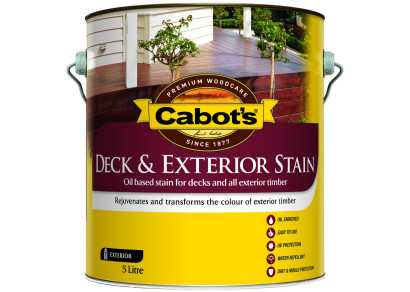



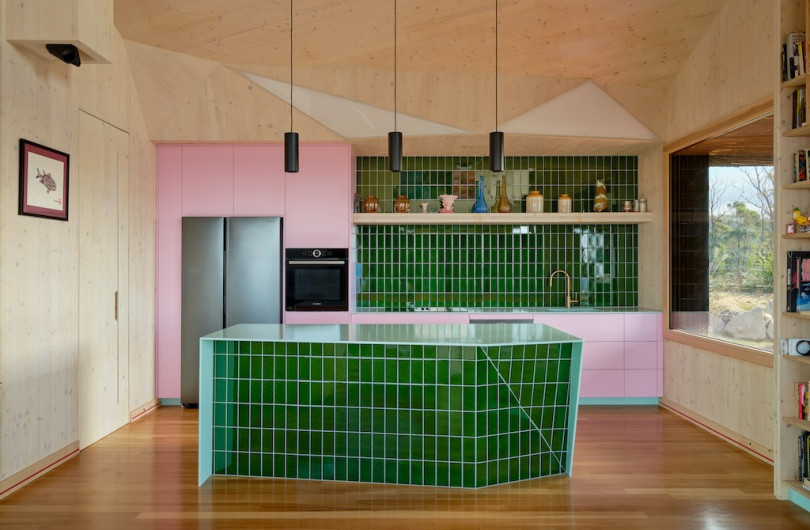
 Case Studies
Case Studies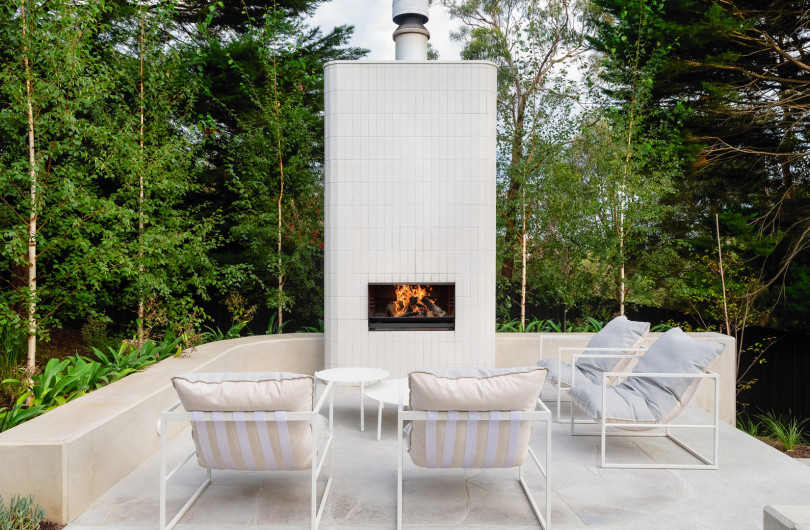





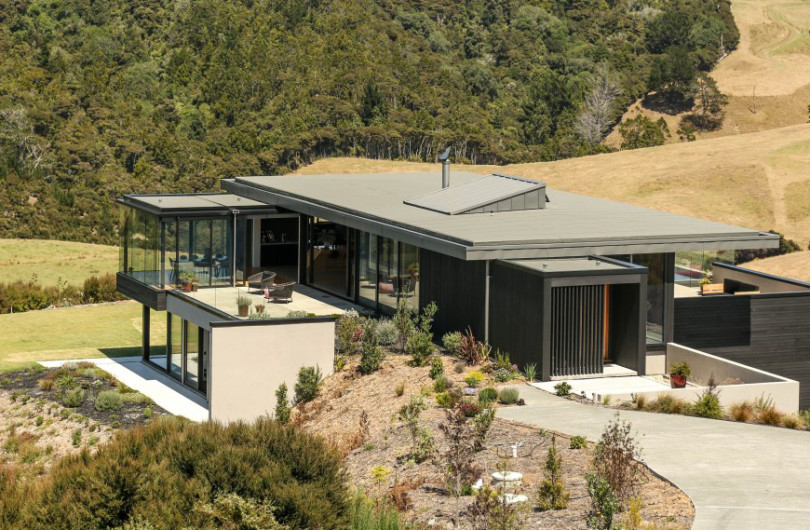









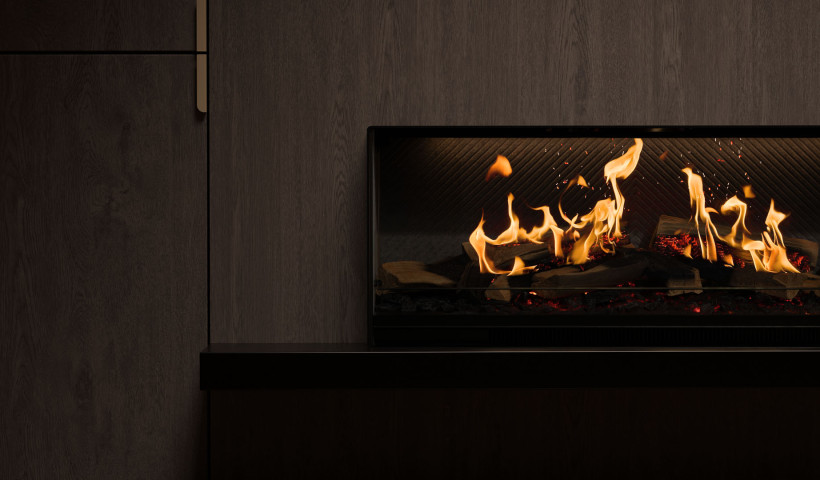
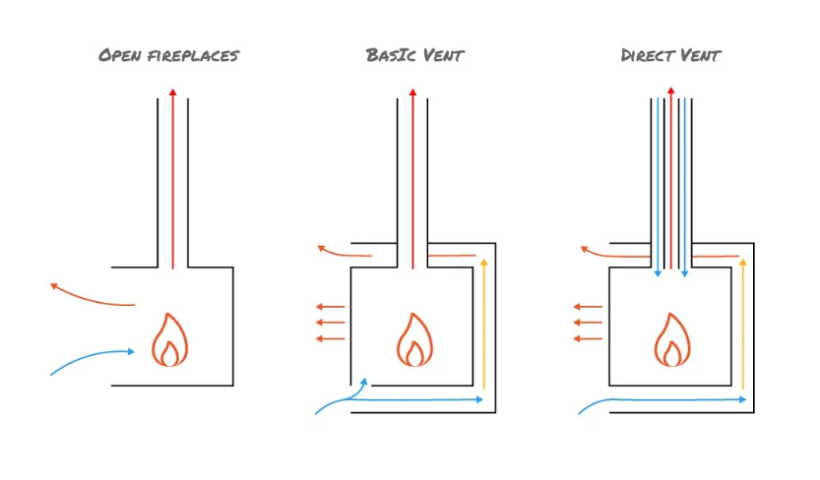
 Popular Products from Escea Fireplace Company
Popular Products from Escea Fireplace Company


 Most Popular
Most Popular


 Popular Blog Posts
Popular Blog Posts
